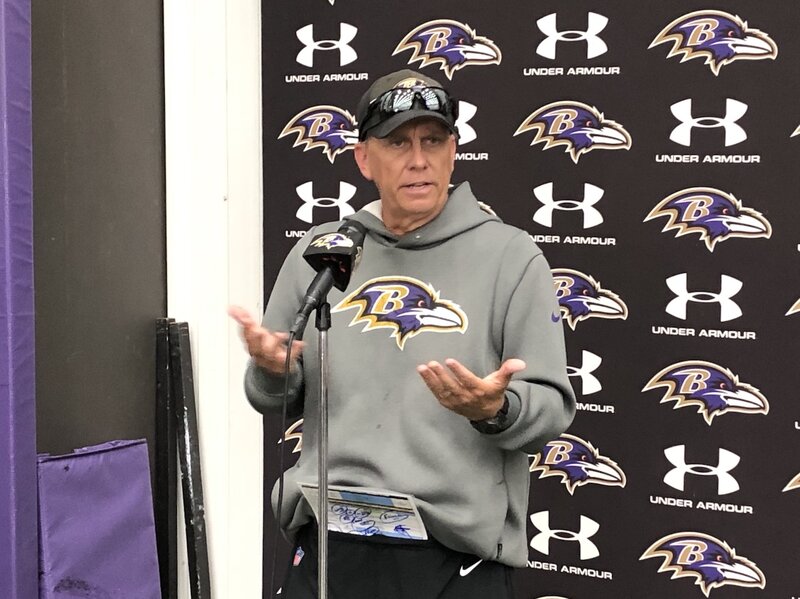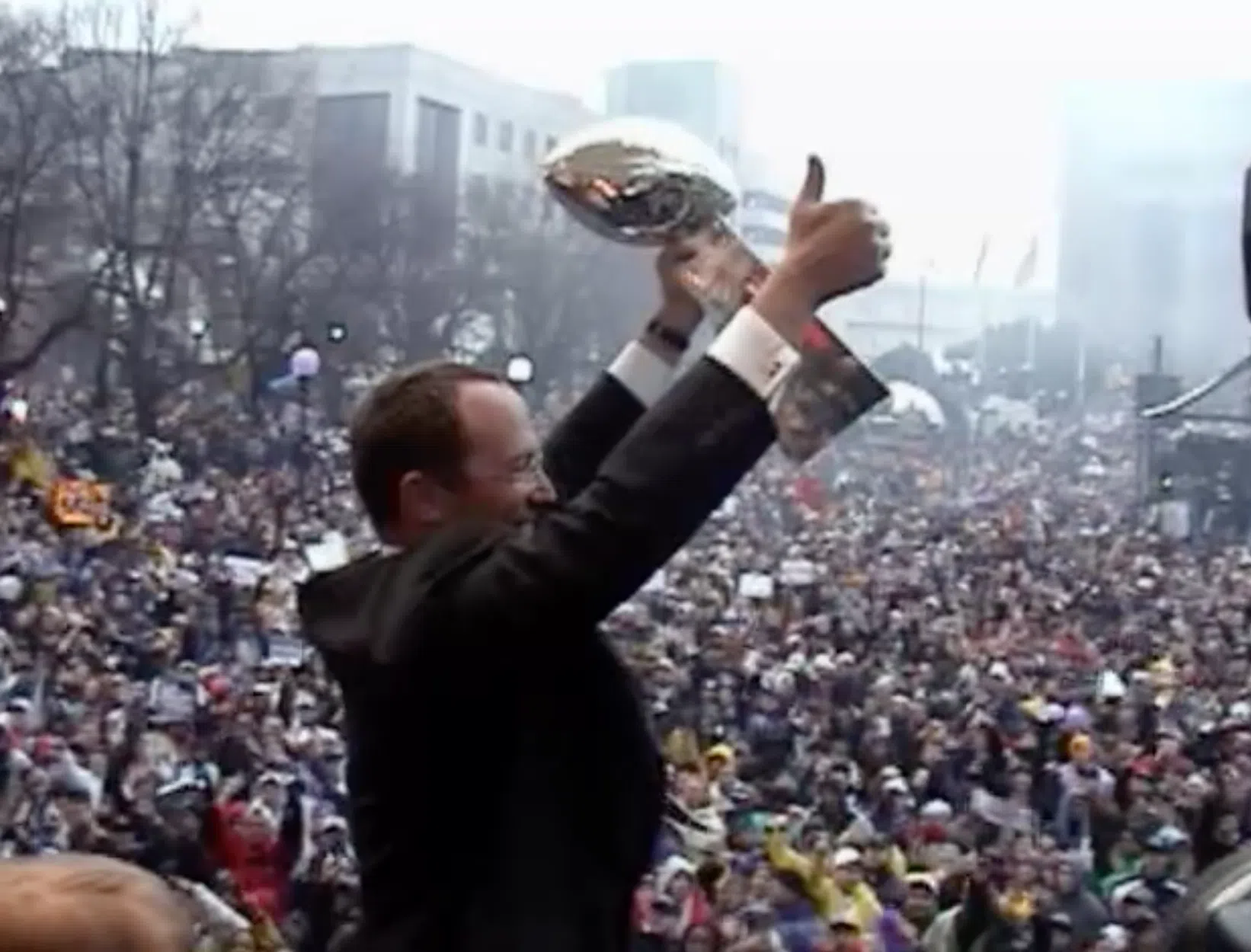The Orioles didn’t need a closer Wednesday afternoon as they were swept by the Detroit Tigers in a 7-5 final, but manager Buck Showalter offered few clues as to who might be taking the ball the next time his club has a save situation.
Struggling incumbent Tommy Hunter wasn’t ruled out by the Baltimore manager prior to the series finale against Detroit, but Showalter implied he would not receive the same leash as former Orioles closer Jim Johnson. Before being traded to Oakland over the winter, Johnson blew a career-high nine saves in 2013 but was only a year removed from an All-Star campaign in which he collected a franchise-record 51 saves for the playoff-bound Orioles.
“The difference between Tommy and Jimmy is, Jimmy had a track record,” said Showalter, alluding to the former entering the 2014 season with only four career saves. “Tommy does, too, in certain other things. So, there’s some unknown with where it is we’ll go with Tommy.”
Sporting a 6.60 earned run average and 1.87 WHIP (walks plus hits per inning pitched) so far this year, Hunter is on thin ice to put it mildly, but the Orioles knew this was a possibility when they elected not to sign an established closer after a two-year, $14 million agreement with Grant Balfour was scrapped due to a failed physical over the winter. The problem is figuring out where to turn next if three blown saves in 14 tries are enough in Showalter’s mind to demote Hunter from the role — at least temporarily.
Many have called for a closer-by-committee approach in which Showalter can play the matchups on any given night, but such a strategy only thrives with starting pitching that consistently works deep into games to leave some combination of the club’s top relievers available for the ninth inning and the opposing hitters it might bring. If the starting pitching is substandard, a manager must then lean more on long and middle relief for the sixth, seventh, and eighth innings, decreasing the likelihood of even getting to the ninth inning with a narrow lead intact.
Of course, the possibility of an outside addition exists as the Orioles still sit in first place in the American League East, but here’s an assessment of the most likely alternatives currently on the 25-man roster who would be in line to receive the ball in the ninth inning instead of Hunter:
RHP Darren O’Day (0.60 ERA, two saves)
Case for: The veteran sidearm pitcher has the longest track record with Showalter and has averaged 8.0 strikeouts per nine innings in his career, proving he misses plenty of bats despite his unorthodox style and underwhelming velocity.
Case against: Left-handed hitters batted .309 against him last season and have posted a .300 average so far this year, making him an easy target for opposing managers to use left-handed pinch hitters in the ninth inning.
Is he a good option to try next? Maybe, but O’Day would need to recapture the success he had against lefties in 2012 when they hit only .205 against him.
LHP Zach Britton (0.84 ERA)
Case for: The 26-year-old’s sinker has been devastating against nearly everyone he’s faced as right-handed hitters are batting .167 and lefties only .156 against him in 21 1/3 innings this season.
Case against: The left-hander has only been a reliever for seven weeks, and moving him to a defined closer role would mean he would no longer be stretched out enough to be able to save the bullpen as he has on a number of occasions already this season.
Is he a good option to try next? Yes, he’s the perfect example of riding the hot hand even if you’re concerned about rattling his confidence for the remainder of the season if he fails in the role.
RHP Ryan Webb (3.94 ERA)
Case for: His career splits against left-handers (.284) and right-handers (.238) are balanced enough to suggest he might be able to handle regular appearances in the ninth, and his sinker also plays well at Camden Yards.
Case against: His lifetime 1.36 WHIP is on the high side and his career 6.4 strikeouts per nine innings isn’t ideal for the closer role where you typically want a pitcher to miss more bats.
Good option to try next? Yes, Webb’s splits aren’t dramatically skewed to one side of the plate or the other unlike other candidates currently in the bullpen, and he has more relief experience than most in the Baltimore bullpen.
LHP Brian Matusz (3.46 ERA)
Case for: Lefties hit only .168 against the southpaw in 2013 and his background being stretched out as a starter as recently as spring training suggests he may have the durability for a regular closer role.
Case against: His 1.77 WHIP so far this season is far too high, right-handed batters hit .302 against him last season, and he’s more valuable as a lefty specialist to use in a big spot against an imposing left-handed bat such as Boston’s David Ortiz.
Good option to try next? No, Matusz simply hasn’t been effective enough this season and right-handers feast on his stuff too often to take him out of his current specialist role.
Who should be next in line for the closer job? Leave your thoughts in the comments section below.




























